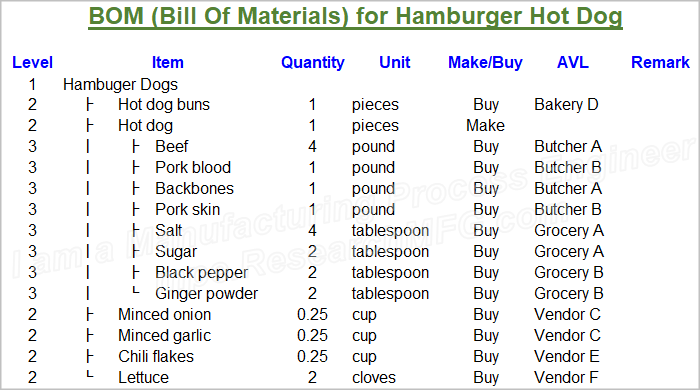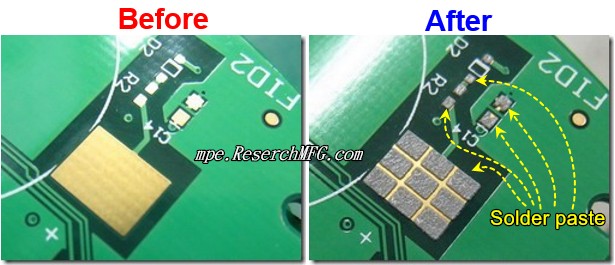
MOQ stands for Minimum Order Quantity, meaning the smallest number of items a supplier is willing to sell or produce in one order. In most parts sales, especially for less common items, there’s usually an MOQ requirement. Why? Because no manufacturer will set up an entire production line just to make a handful of parts.
Once a production line is set up, it must produce a certain volume to make economic sense — since running a line requires manpower, materials, and support resources that can cost far more than most people expect. Of course, if you’re willing to pay an extra USD 2,000 setup fee just to make one USB drive, no one’s going to stop you!
For example, making a custom semiconductor chip might require an MOQ of 1,000 pieces, because setting up the production line could cost thousands of dollars (depending on the process and equipment used). If a customer insists on ordering fewer than the MOQ, they might have to pay an additional setup fee.
Some products are also sold only in full reels or standard package quantities — no “split packs.” This is especially true for electronic components, which often need vacuum-sealed, moisture-proof packaging to prevent oxidation or humidity damage. Once opened, the parts may not meet soldering quality standards anymore.
It’s like shopping at Costco or Carrefour — you buy a whole pack of toilet paper, not a single roll. Or imagine opening a can of tuna just to sell one-third of it — not practical, right? That’s essentially why MOQ exists.
However, the MOQ shouldn’t be set too high. In electronics procurement, MOQ directly affects inventory management, production planning, and lead time.
-
If the MOQ is too high, it increases inventory pressure.
-
If you allow non-standard shipment sizes (not full packs), it raises repackaging and handling costs — something that usually requires supplier negotiation.
With the rise of e-commerce and on-demand manufacturing, some suppliers now offer more flexible MOQ options, such as small-batch custom production, though the cost per unit is higher. It’s best to communicate with your supplier to confirm their MOQ and MPQ (Minimum Pack Quantity) requirements and evaluate how they affect your logistics and inventory.
If you’ve got a better way to explain it, Workingbear would love to hear your take!
The Difference Between MOQ and MPQ
Besides MOQ, there’s also MPQ — Minimum Pack Quantity.
-
MOQ (Minimum Order Quantity) is the smallest number of units you can order at once — usually a multiple of MPQ or higher to ensure efficient production and logistics.
-
MPQ (Minimum Pack Quantity) means the smallest packaging unit for shipping or handling.
For example, when you buy a drink at a convenience store, a single can or bottle is the smallest package — that’s its MPQ. But in wholesale or factory shipments, MPQ might mean a dozen bottles or a full carton, because bulk packaging is easier for transport and handling.
In the electronics industry, MPQ usually refers to the standard packaging format of components, such as:
-
One reel of resistors (e.g., 2,000 pcs per reel)
-
One tray of ICs
-
One tube of connectors
So, while MOQ defines how much you must order, MPQ defines how the items are packed. Both are important to understand when managing your electronic component procurement.
Related Posts:









Leave a Reply